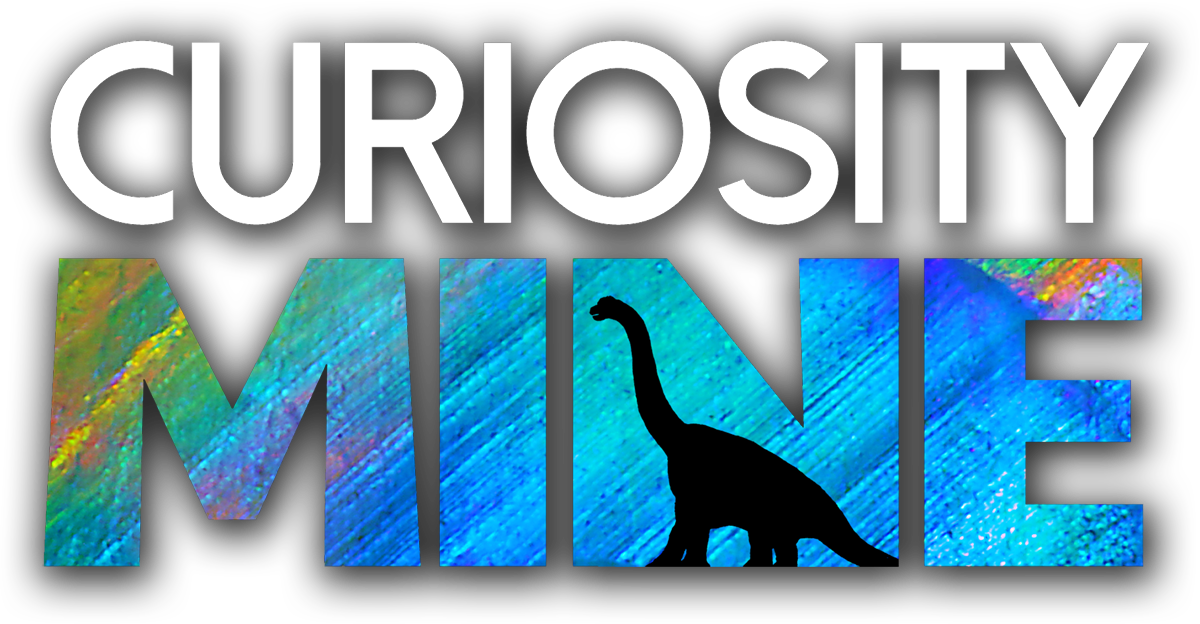Nobbies & Seam: Opal Forms | OpalWords @ Lightning Ridge
Lightning Ridge opal comes in two common formations: nobbies and seam opal. What's the difference, and how are they formed?
This video was made with the assistance of Vicki at Down to Earth Opals at Lightning Ridge!
